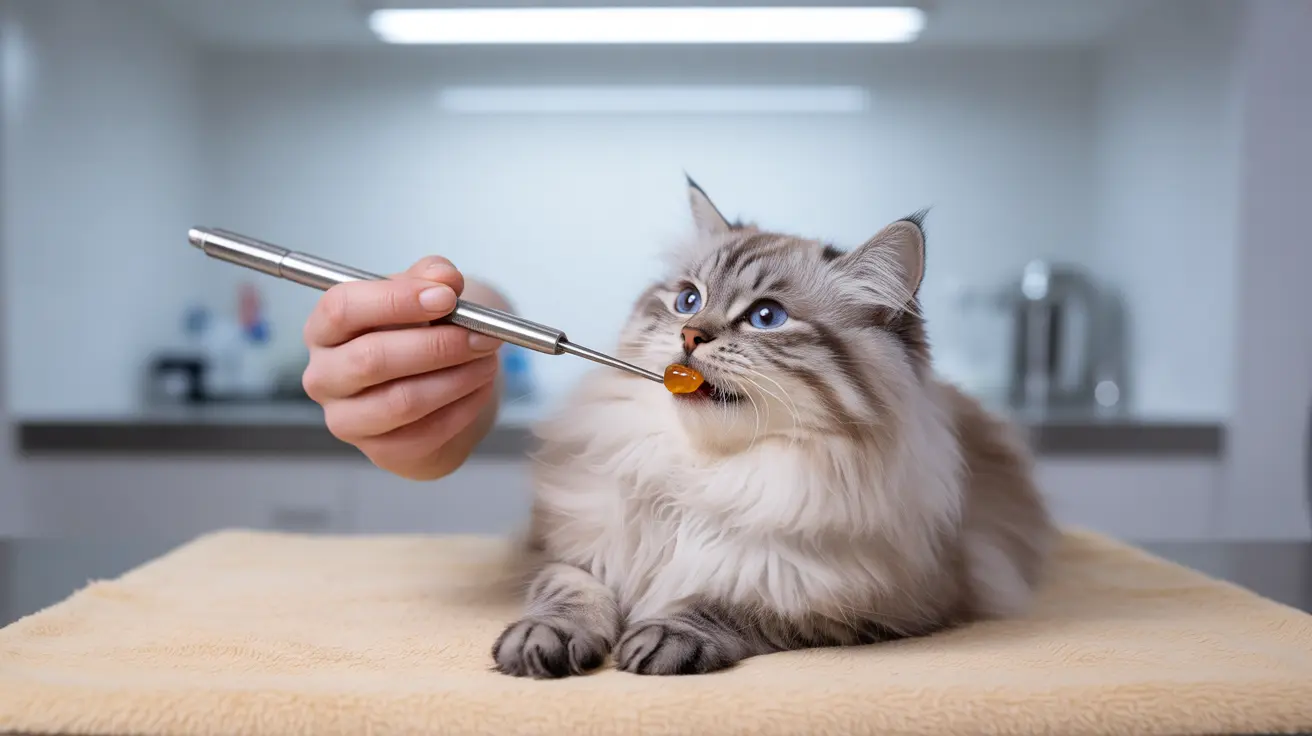Accidentally giving your cat too much insulin is a serious veterinary emergency that requires immediate attention. As a cat owner, understanding how to recognize and respond to insulin overdose could save your pet's life. This comprehensive guide will walk you through the essential steps to take if you suspect your cat has received too much insulin, along with prevention strategies and critical warning signs.
Understanding Insulin Overdose in Cats
When a cat receives too much insulin, their blood sugar (glucose) levels can drop dangerously low, causing a condition called hypoglycemia. This can occur due to accidental double dosing, miscalculated amounts, or giving insulin when a cat hasn't eaten. Even a normally appropriate dose can become excessive if your cat's eating habits change or they develop other health issues.
Warning Signs of Insulin Overdose
Early detection is crucial for preventing severe complications. Watch for these symptoms:
- Lethargy and weakness
- Unusual drowsiness
- Uncoordinated movement
- Trembling or muscle twitching
- Confusion or disorientation
- Seizures (in severe cases)
- Loss of consciousness
Immediate Actions for Insulin Overdose
If you suspect your cat has received too much insulin, take these steps immediately:
If Your Cat is Conscious:
- Offer food immediately if the cat can eat
- Apply honey or corn syrup to the gums if eating isn't possible
- Contact your veterinarian for guidance
If Your Cat is Unconscious:
- Seek emergency veterinary care immediately
- Do not attempt to feed an unconscious cat
- Keep the cat warm during transport
Prevention Strategies
Preventing insulin overdose is crucial for managing diabetic cats:
- Use a dosing log to track insulin administration
- Coordinate with all caregivers about insulin schedules
- Never give insulin if unsure whether a dose was already administered
- Always check that your cat has eaten before giving insulin
- Store insulin properly and check expiration dates
Long-term Management and Monitoring
After an insulin overdose event, your veterinarian may recommend:
- Adjusting insulin doses
- More frequent blood glucose monitoring
- Changes to feeding schedules
- Additional training for caregivers
- Regular veterinary check-ups
Frequently Asked Questions
What are the immediate signs of insulin overdose in cats, and how can I treat it?
The immediate signs include lethargy, weakness, trembling, and uncoordinated movement. If conscious, treat by feeding the cat or applying honey to their gums. For unconscious cats, seek immediate veterinary care.
How do I prevent accidental insulin overdoses in cats, especially if multiple caregivers are involved?
Use a detailed log to track doses, establish clear communication between caregivers, and never administer insulin if uncertain whether a dose was given. Consider using a shared digital calendar or app for coordination.
What steps should I take if my cat is showing symptoms of hypoglycemia but is still conscious and able to eat?
Offer food immediately. If the cat won't eat, apply honey or corn syrup to their gums. Contact your veterinarian for guidance, even if symptoms improve.
Can I give my cat another insulin dose if I suspect they might have already received one, and what alternatives should I consider?
Never give another insulin dose if you're unsure. It's safer to skip a dose than risk overdose. Contact your veterinarian for guidance on how to proceed.
How long does it typically take for a cat to recover from a severe insulin overdose, and what follow-up care is required?
Recovery time varies depending on severity, but most cats require 24-48 hours of monitoring. Follow-up care typically includes adjusted insulin protocols, regular blood glucose checks, and possible dietary modifications.
Remember, while this information serves as a guide, always consult your veterinarian for personalized advice about your cat's diabetes management. Quick action and proper prevention are key to keeping your diabetic cat healthy and safe.






